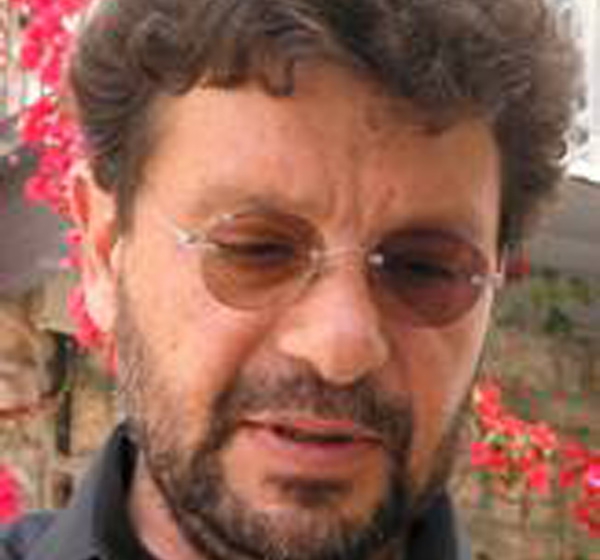Spyros Georgatos
Collaborating Faculty Member Prof. of Biological Chemistry, Medical School, University of Ioannina
Spyros D. Georgatos is a member of BRI-FORTH since 2002. He holds a Medical Degree from the University of Athens, Greece (1980) and a Ph.D. in Biology from Yale University, USA (1985). He post-docked at Caltech and Rockefeller University in the US and served as a group leader in the Cell Biology Program of the European Molecular Biology Laboratory (EMBL) in the period 1990-1996. In 1999 he was elected an EMBO member, while serving as an Associate Professor at the University of Crete, School of Medicine, Greece. He is Head of the Laboratory of Biology at the Ioannina University, School of Medicine. Prof. Georgatos has published one book and numerous research articles (over 3.000 citations). His recent interests include stem cell differentiation and division, as it relates to nuclear structure and function. His administrative work includes the establishment of one of the first Graduate Programs in Cell and Molecular Biology in Greece (1998), service at the Scientific Board of the Hellenic Pasteur Institute (2001-2004) and management of several research grants.








